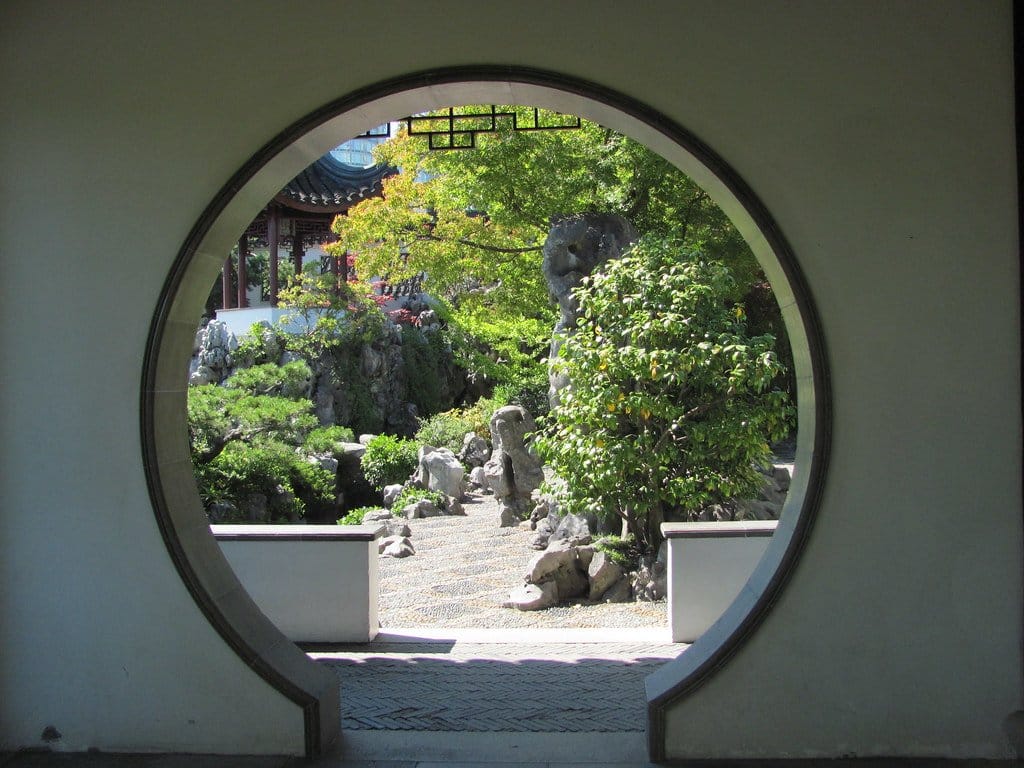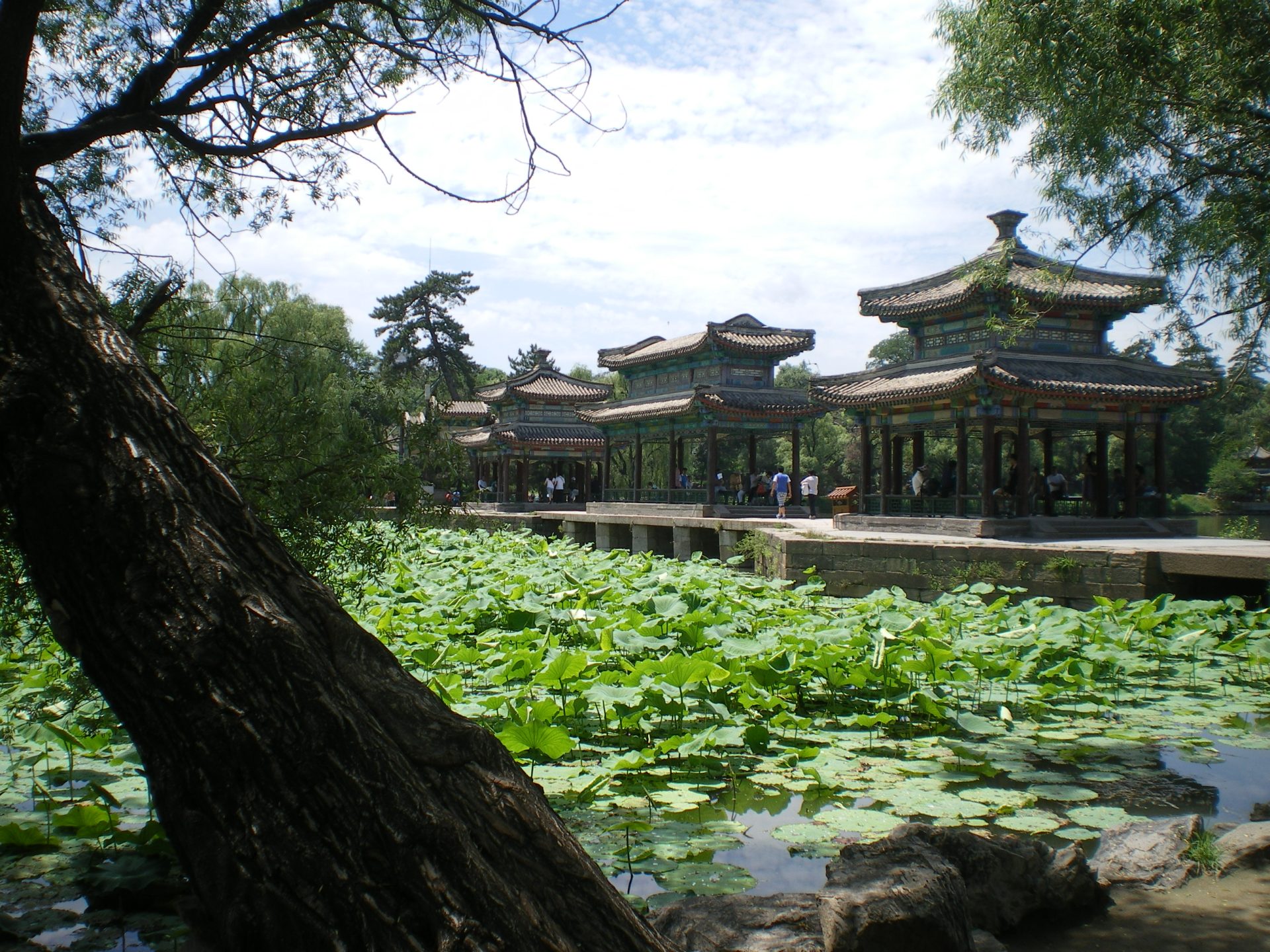Chinese Imperial Gardens: Unveiling The Enigmatic Beauty
Chinese imperial gardens are more than just green spaces. They are masterpieces of traditional Chinese garden design, offering a glimpse into the grandeur of ancient dynasties. These gardens reflect the elegance and cultural richness of China’s imperial history. If you are a traveler with a penchant for history and beauty, these gardens are must-visit destinations. This guide will help you explore the most iconic imperial gardens of China.
Table of Contents
The Essence of Chinese Imperial Gardens
Chinese imperial gardens were designed to provide the imperial family with serene spaces for leisure and contemplation. These gardens are famous for their intricate design, blending natural beauty with man-made structures. Key elements include halls, pavilions, lakes, bridges, and rockeries. The gardens often feature symbolic arrangements, creating a microcosm of the natural world.

The Forbidden City: A Jewel of Imperial Gardens
A Brief History
The Forbidden City in Beijing is a paramount example of an imperial garden. Constructed during the Ming Dynasty, it served as the political center of China for nearly 500 years. The garden within the Forbidden City is an epitome of traditional Chinese aesthetics.
What to See
- Halls and Pavilions: Marvel at the elegant architecture of the halls and pavilions. Each structure has its own story, contributing to the overall narrative of the garden.
- Jingshan Park: Located just north of the Forbidden City, this park offers a panoramic view of the imperial palace. It is an ideal spot to appreciate the garden’s layout.
- Hall of Imperial Peace: This hall is a serene spot within the Forbidden City, showcasing the tranquil beauty of imperial garden features.

The Summer Palace: A Fusion of Art and Nature
A Historical Retreat
The Summer Palace, also in Beijing, is another spectacular example. It was primarily used by the Qing emperors as a summer retreat. The garden design here reflects the height of Chinese landscape architecture.
Highlights
- Kunming Lake: A vast, serene lake that is central to the garden’s layout. Enjoy a boat ride for a different perspective.
- Longevity Hill: Climb to the top for stunning views of the surrounding garden and the city beyond.
- Empress Dowager Cixi’s Influence: Empress Dowager Cixi played a significant role in shaping the Summer Palace. Her influence is evident in the opulent designs and structures.
- Palace of Earthly Tranquility: A beautiful section of the garden where visitors can enjoy peaceful surroundings.

Chengde Mountain Resort: A World Heritage Wonder
Historical Significance
The Chengde Mountain Resort in northeast China is a UNESCO World Heritage site. Built during the Qing Dynasty, it served as a summer residence for Qing emperors. The garden design here combines traditional Chinese and ethnic minority styles, showcasing cultural diversity.
Key Attractions
- Palace Area: Explore the main palace complex, which reflects the grandeur of Qing architecture.
- Outer Temples: Visit the surrounding temples, each with unique architectural features and cultural significance.
- Scenic Spots: Wander through picturesque landscapes, including lakes, forests, and meadows.

Yuanmingyuan: The Old Summer Palace
A Tale of Destruction and Resilience
Yuanmingyuan, also known as the Old Summer Palace, was once a magnificent imperial garden. Sadly, it was destroyed during the Boxer Rebellion and the Second Opium War. Today, its ruins stand as a testament to its former glory.
Visiting Today
- Ruins Exploration: Walk through the remnants of what once was a vast garden, reflecting on its historical importance.
- Garden Design: Despite its ruined state, the garden’s design principles can still be appreciated in the layout and surviving elements.
Traditional Chinese Garden Design Principles
Harmony with Nature
Chinese imperial gardens are designed to harmonize with nature. They often mimic natural landscapes, incorporating water features, rocks, and plants in a balanced way. This design philosophy aims to create a peaceful environment that reflects the natural world.

Symbolism and Meaning
Every element in a Chinese imperial garden holds symbolic meaning. For example, water represents life and flexibility, while rocks symbolize strength and endurance. Understanding these symbols can enhance your appreciation of the garden’s design.
Tips for Travelers
Best Time to Visit
The best times to visit Chinese imperial gardens are spring and autumn. During these seasons, the weather is pleasant, and the gardens are in full bloom or adorned with vibrant foliage.
Guided Tours
Consider taking a guided tour to gain deeper insights into the history and design of the gardens. Knowledgeable guides can provide fascinating stories and details that you might miss otherwise.
Respect the Heritage
These gardens are part of China’s cultural heritage. Respect the rules and preserve the beauty of the gardens for future generations. Avoid littering and follow the guidelines provided by the authorities.

Bonus: Celebrating Festivals in Imperial Gardens
The Double Ninth Festival
The Double Ninth Festival, celebrated on the ninth day of the ninth lunar month, is a time when Chinese people traditionally climb mountains and enjoy chrysanthemum flowers. Many imperial gardens hold special events during this festival, providing a unique cultural experience for visitors. Participating in these events offers a deeper connection to the historical and cultural traditions of imperial China.
Embrace the Seasons
Chinese imperial gardens change with the seasons, offering different experiences throughout the year. In winter, the snow-covered landscapes create a serene atmosphere, while spring brings blooming flowers and vibrant colors. Each season highlights different aspects of the gardens’ beauty, making any time a great time to visit.
Conclusion
Chinese imperial gardens are treasures of historical and cultural significance. From the majestic Forbidden City to the serene Summer Palace, each garden offers a unique glimpse into China’s imperial past. As a traveler, visiting these gardens will not only provide aesthetic pleasure but also deepen your understanding of traditional Chinese garden design and history. Plan your visit, immerse yourself in the beauty, and let these imperial gardens enchant you with their timeless elegance.








